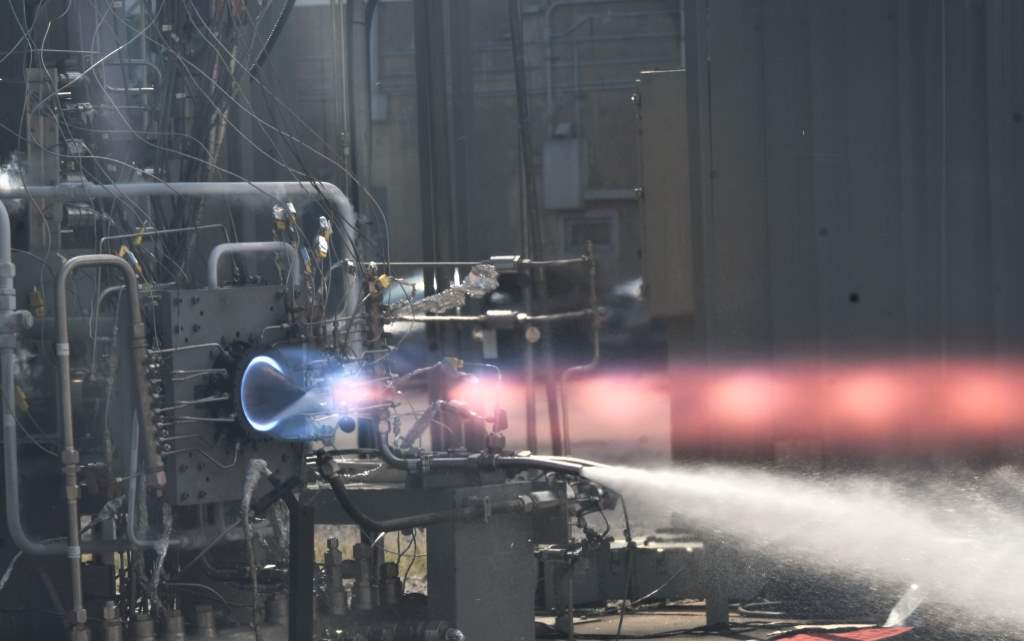NASA develops new rocket engine for deep space missions
As NASA takes its first steps toward establishing a long-term presence on the Moon, its team of propulsion engineers have developed and tested the space organisation’s first full-scale rotating detonation rocket engine (RDRE).
The advanced rocket engine design could significantly change how future propulsion systems are built.
The RDRE differs from a traditional rocket engine by generating thrust using a supersonic combustion phenomenon known as a detonation. This design produces more power while using less fuel than today’s propulsion systems and has the potential to power both human landers and interplanetary vehicles to deep space destinations, such as the Moon and Mars.
Engineers at NASA’s Marshall Space Flight Center in Huntsville, Alabama, and primary collaborator IN Space LLC, located in West Lafayette, Indiana, are confirming data from RDRE hot fire tests conducted in 2022 at Marshall’s East Test Area. The engine was fired over a dozen times, totalling nearly 10 minutes in duration.

The RDRE achieved its primary test objective by demonstrating that its hardware – made from novel additive manufacturing, designs and processes – could operate for long durations while withstanding the extreme heat and pressure environments generated by detonations.
While operating at full throttle, the RDRE produced over 4,000 pounds of thrust for nearly a minute at an average chamber pressure of 622 pounds per square inch, the highest pressure rating for this design on record.
The RDRE incorporates the NASA-developed copper-alloy GRCop-42 with the powder bed fusion additive manufacturing process, allowing the engine to operate under extreme conditions for longer durations without overheating.
Additional milestones achieved during the test include the successful performance of both deep throttling and internal ignition. This successful demonstration brings the technology closer to being used with future flight vehicles, enabling NASA and commercial space to move more payload and mass to deep space destinations, an essential component to making space exploration more sustainable.
Because of NASA’s recent success with the RDRE, follow-on work is being conducted by NASA engineers to develop a fully reusable 10,000-pound class RDRE to identify performance benefits over traditional liquid rocket engines.
RDRE is managed and funded by the Game Changing Development Program in NASA’s Space Technology Mission Directorate.













